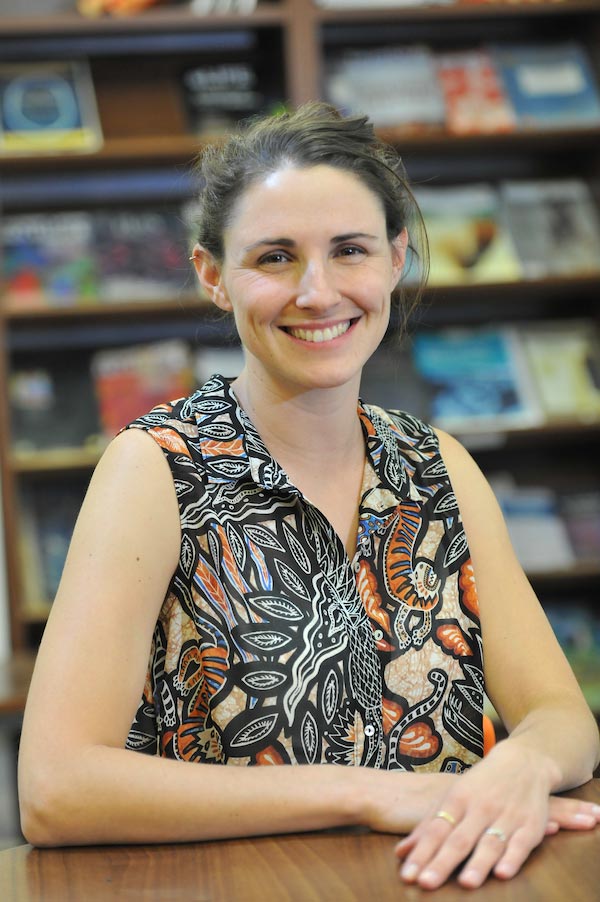
There are two stories from my life that I want to share, because they help explain how I chose my doctoral research topic “Looking without Seeing,” which I am studying in the lab of ELSC Prof. Leon Deouell, where I study visual perception measuring electrical brain activity (EEG) together with eye-tracking.
My first-born son had just turned three months old as I started ELSC. After one of the first lessons in the course “Brain, neurons, and everything in-between,” I wrote him a letter that I have kept till this day, expressing both my tremendous love for him and the millions of questions I had about what he sees, what he understands, whether he has a sense of self, what he is aware of. These questions accompanied me silently during those first two years of intensive computational and biological training before I began my doctoral research.
I then encountered the question of conscious experience in a completely different, perhaps opposite, context. My father-in-law was diagnosed with a rare neurodegenerative disease called corticobasal degeneration, which led to total loss of motor capabilities and a deterioration in cognitive abilities, although it was clear to us all that he was consciously aware both of himself, his situation, and his surroundings. When verbal communication became difficult, he used simple eye-movement signals to help us understand him. That was when I wished I knew enough about the brain to record some type of brain signal and “read” directly what he was trying to communicate to us. And now my research is devoted to a closely related topic.
My journey in ELSC has revealed to me how computational skills, biological mechanisms, and cognitive theories are combined, under the hard and highly motivated work of outstanding researchers and devoted students. It has taught me to dream while confronting the data, explore but keep on track, and strive for success while enjoying the path.
